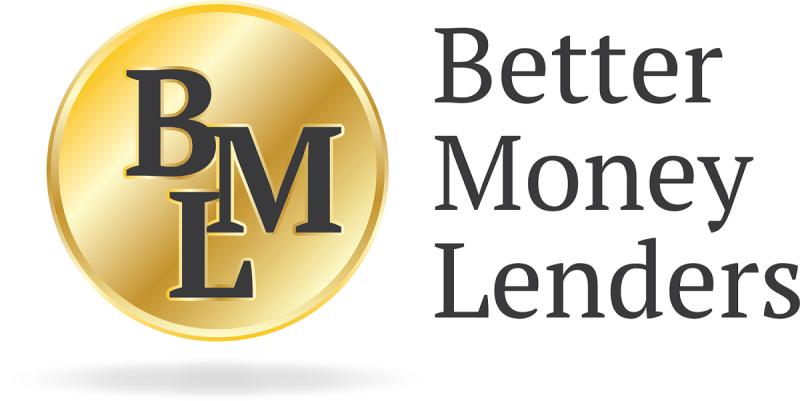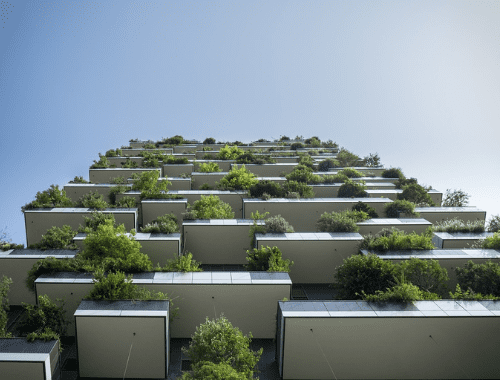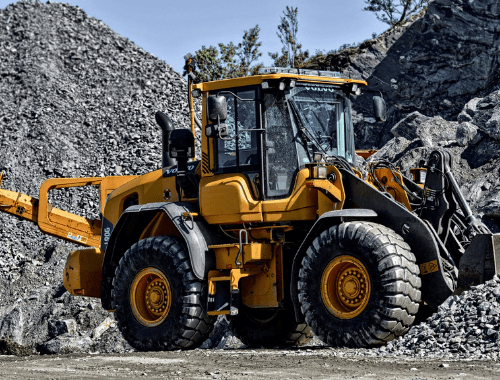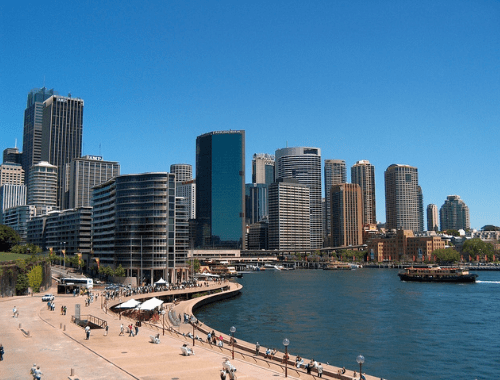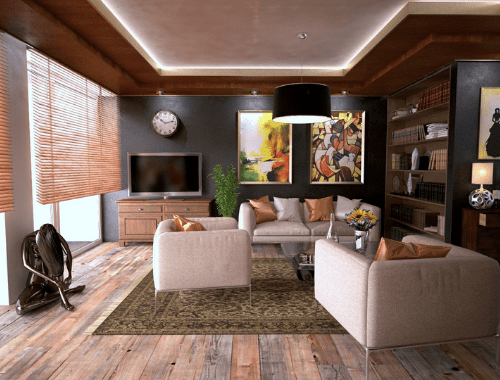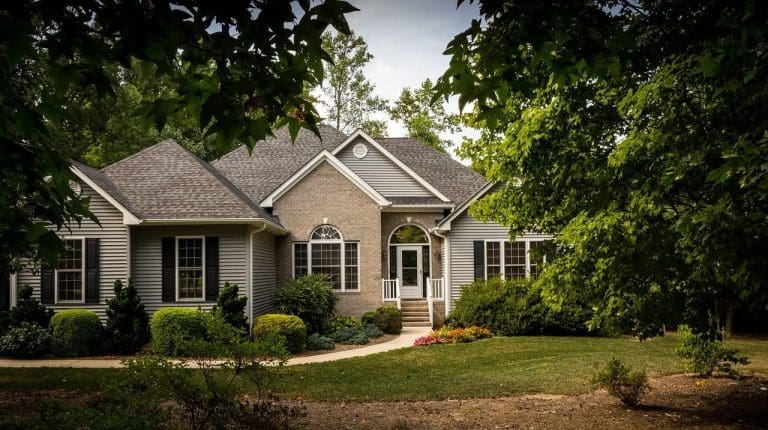Houses or Units: Which is the Best Investment?
New home buyers are always faced with two major property questions: where to buy and what to buy? While there are advantages to both houses and units, it is important to understand why you might choose either type of dwelling as your next investment property.
Pros and Cons of Houses
The most obvious advantage of houses is the fact that they are generally larger than units. If you’re buying as an owner-occupier, a house will be something you will be able to use as your family grows.
Over a long period of time, house prices have also outperformed units in terms of price appreciation. Land is scarce, and as the population continues to increase. This keeps the upward pressure on house and land values in inner-city areas.
However, as prices for houses are high, rental yields are generally lower. For most houses in good locations, you’re likely to be looking at a rental yield of 2-3%. That means even in the current interest rate environment, you’ll have a negatively geared property on your hands and you will likely have to contribute to the repayments.
It’s also worth noting that not all houses are created equal. If you are buying a house in a new estate, 50km from the CBD, then there really is no land scarcity at all. In fact, there is an oversupply of land that few people want.
The other issue with houses is they do cost a lot to maintain, and if something like a roof wears out, it is on you to cover all the costs.
Pros and cons of Units
For the most part, units are far more appealing to investors than owner-occupiers. Units are cheaper to buy than a house in the same area, and it is therefore, easier to obtain finance. The advantage here is that you can buy into a blue-chip area for a fraction of the cost.
Similarly, the rental yield that you receive on your unit will be far higher. Many units generate yields of 4-5%, which can make them neutrally geared or even positive in some cases.
However, the devil is often in the detail when it comes to the rental yields on units, as it’s vital that you take into consideration the other costs such as strata fees. For buildings that have great features like pools and gyms, you will normally find sky-high strata fees.
It’s also worth noting that not all markets around the country are always that interested in apartments. While they are popular in Sydney, Melbourne and areas of Queensland, people in the other major capital cities generally prefer to live in houses.
The other real catch with units is the fact that there is just no scarcity. This is particularly true if you buy into a large 300-unit building. This is even more pronounced, if you choose to buy off the plan.
Which is Best?
As an investment, you normally need to find very specific properties to overcome some of the weaknesses of both types of dwellings.
For units, look for smaller buildings that have low or no strata fees.
For houses, look to established areas that have strong yields, with properties that also offer the potential for subdivision or development.
If you have a question or would like more information, please contact…
Steve
Mobile 0423 894 864
steve@bettermoneylenders.com.au
Brett
Mobile 0428 156 680
brett@bettermoneylenders.com.au
